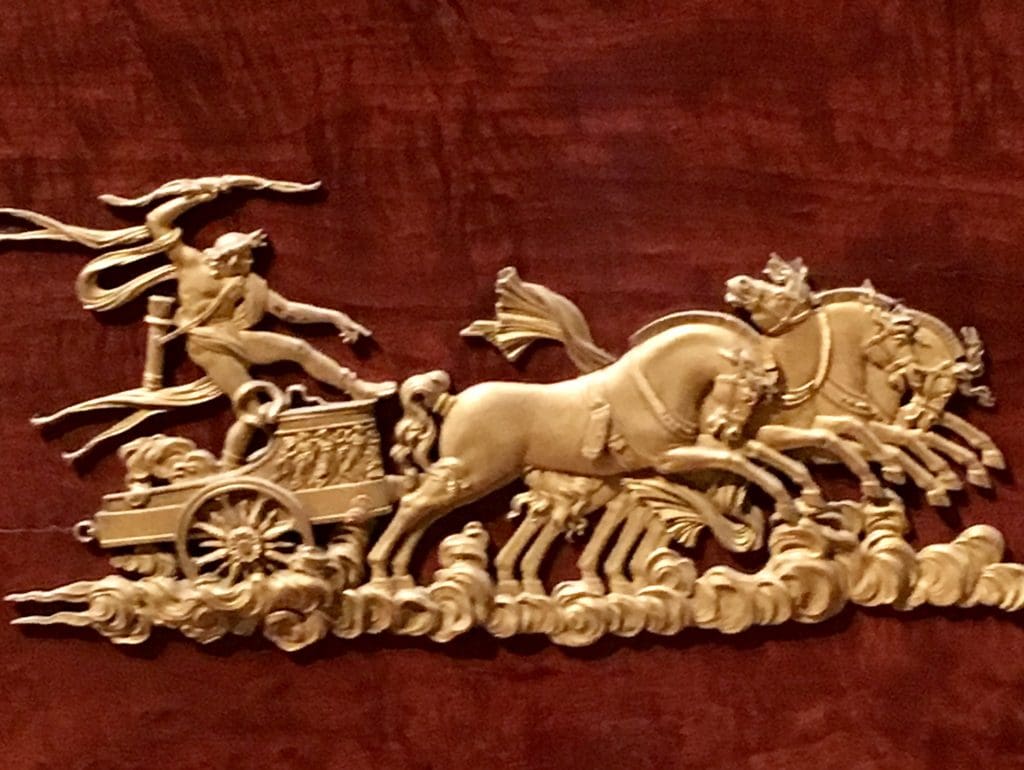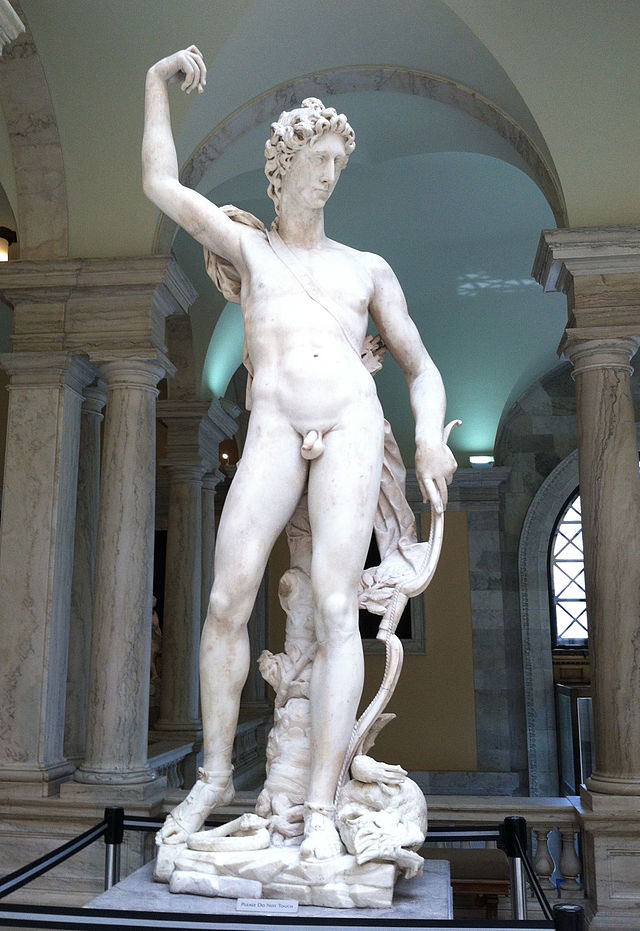19 Apr Ancient Rituals for Divination
“Let him magnify the truth, it will magnify him. Let him strengthen truth, it will strengthen him.” —Leabhar na Nuachonghbala (Book of Leinster), 95-117 AD
INTRODUCTION
Below is a reblog of a post entitled, “Apollo God of Divination,” that I first published on May 28, 2012. As my website was hacked a couple of years ago, I’ve had to rebuild my website and add security measures. I’m now in the process of making previous posts live. Further, I’ll be reblogging some of these previous posts that provide the background upon which some of the scenes in my books are based in the epic historical fantasy series, Curse of Clansmen and Kings.
MYTHOLOGICAL JOURNEY
Fulfilling destiny is a common theme in the mythological journey of a hero or heroine. In conducting research for my series, Curse of Clansmen and Kings, I was intrigued by the various rituals performed by the Greek, Roman and Celtic civilizations to foretell the future or to seek divine advice about a current situation. Some of the rituals described below are based on historical accounts.

Apollo in Chariot
Ancient Rome and Greece
In ancient Rome and Greece, temples offered divinatory services through rituals. Most of these temples were devoted to Apollo, the God of Divination. One of the most famous temples is located at Delphi. In one ritual, the worshipper meets directly with the god or goddess in a dream. After a specific ritual or drug has been prepared to help the person contact the divinity, the worshipper spends the night in the sanctuary, often called the sleeping room. In the morning, a temple priest or priestess helps the person interpret the dream. This method, called “incubation” after the Latin for “to sleep” incubare, was widely practiced in the healing sanctuaries of Apollo’s son, Asceipius. In Book 3: Amulet’s Rapture (Curse of Clansmen and Kings), Marcellus visits the Temple of Minerva and dreams of his destiny with Catrin, a Celtic warrior queen.
Private consultation could also be made through a medium possessed by the divine. Seers inspected entrails, especially livers, of sacrificed animals, interpreted the flight patterns of birds, or performed divination with a bowl of water or a mirror. Commanders of armies and rulers sought out these inspired soothsayers to interpret their dreams and to acquire advice from the god or goddess.

Apollo with Lyre
Ancient Celts
Spirit-possession as a way of communicating to the supernatural world was a global phenomenon, although the specific ceremonies varied from culture to culture. The Celtic seers, known as druids (female: druidesses), practiced auguries that could foretell the future and interpret nature by searching for omens in the death throes of human sacrifices, in the entrails of sacrificial animals, and in the behavior of birds. In both Irish and Welsh mythology and legends, the craft of foretelling was an essential part of the story. Often, in the attempt to thwart their fate prophesied by the Druids, the heroes or heroines undertake adventures which inevitably lead them to the fate they sought to prevent. This is a theme explored in the epic historical fantasy series, Curse of Clansmen and Kings.
Bibliography
Graff, Fritz, 2009. Apollo. New York: Routledge, Taylor & Francis Group.
Berresford Ellis, Peter, 1994. The Druids. Published in the USA 1995; Grand Rapids, MI: William B. Eerdmans Publishing Co.
© Copyright May 28, 2012 by Linnea Tanner. ALL RIGHTS RESERVED.


Luciana
Posted at 01:08h, 02 MayIt is fascinating to see how similar the Romans, Greeks and Celts were in their worship regarding prophecy, especially as the Celts emerged as independent culture.
Linnea Tanner
Posted at 14:39h, 02 MayThank you, Luciana, for your comment. Ir is intriguing to discover the similarity in rituals to interpret the future. People from ancient cultures often made major decisions based on how seers interpreted signs from sacrifices, flight patterns of birds, and nighttime skies.